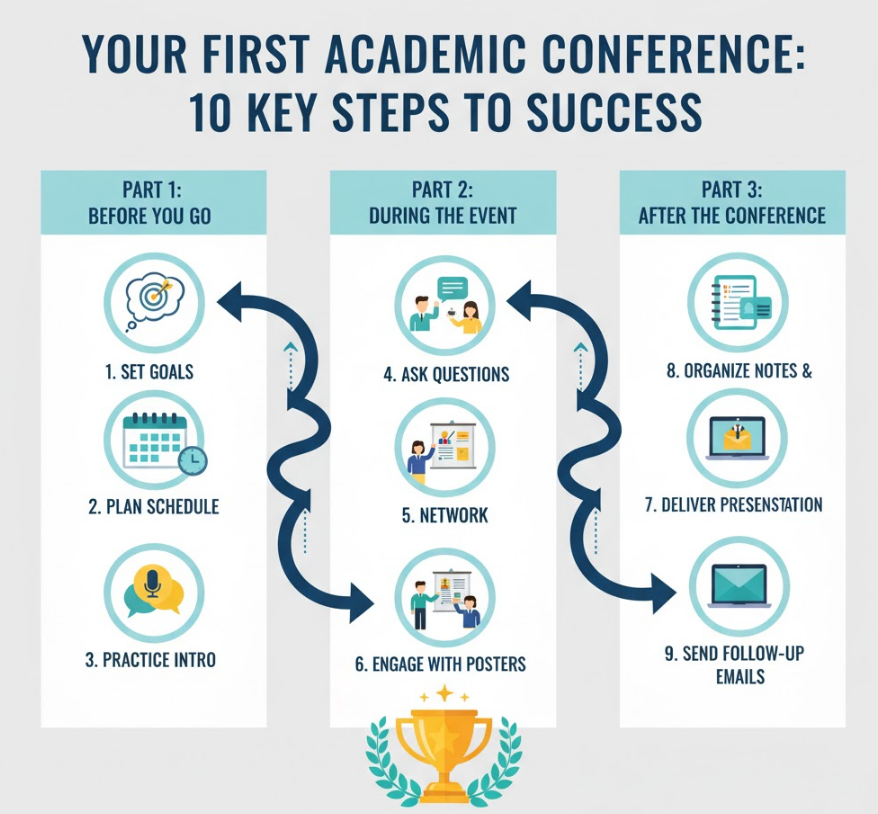For any researcher in engineering, computer science, or related technical fields, having your work published in the IEEE Xplore® digital library is a significant achievement. It means your paper is part of the world’s most trusted repository for technical literature. However, a common point of confusion is how to actually submit a paper to IEEE Xplore.

The most important thing to understand is this: Authors do not submit papers directly to the IEEE Xplore database.
Instead, you submit your paper to an IEEE-sponsored conference or an IEEE journal. After your paper has been peer-reviewed and accepted by the conference or journal, the organizers or publishers are the ones who handle the process of getting it published in IEEE Xplore.
This guide will walk you through the correct, complete process—from finding a venue to seeing your published work in the digital library.
There are two primary routes to get your work published in IEEE Xplore: through a conference or through a journal. The initial steps for each are different.
Conference papers are often the fastest way to disseminate new research.
Step 1: Find a Relevant IEEE Conference Use the IEEE Conference Search tool to find upcoming conferences in your field. Filter by topic, location, and date. Pay close attention to conferences that are "IEEE-sponsored," as this guarantees publication in IEEE Xplore upon acceptance.
Step 2: Read the "Call for Papers" (CFP) Once you find a suitable conference, carefully study its CFP. This document contains the most critical information:
Scope and Topics: Ensure your research is a good fit.
Submission Deadline: This is a hard deadline. Miss it, and you'll have to wait for the next conference.
Formatting Guidelines: IEEE conferences have a strict two-column format.
Step 3: Write and Format Your Paper Download the official IEEE manuscript template (available for both LaTeX and Microsoft Word) from the conference website. Write your paper and format it precisely according to these guidelines.
Step 4: Submit Through the Conference Portal You will submit your paper via the conference’s designated submission system (e.g., EDAS, Linklings, Microsoft CMT). This is the official submission, not a submission to IEEE Xplore.
Step 5: The Peer-Review Process Your paper will be reviewed by several experts in the field. This process typically takes 6-12 weeks.
Step 6: Receive the Decision You will be notified if your paper is accepted, rejected, or requires revisions. If accepted, you can proceed to the post-acceptance phase.
Journal publication is often considered more prestigious and involves a more rigorous and lengthy review process.
Step 1: Find a Relevant IEEE Journal Use tools like the IEEE Publication Recommender to find journals that match your paper's abstract and keywords. You can also browse journals by topic on the IEEE website.
Step 2: Study the Journal's "Aims & Scope" Each journal has a very specific focus. Read its "Aims & Scope" and "Author Guidelines" sections thoroughly to ensure your work is a perfect match. Submitting to the wrong journal is a common reason for immediate rejection.
Step 3: Write and Format Your Paper Like conferences, IEEE journals have specific formatting templates. Download the correct template and prepare your manuscript. Journal papers are often longer and more detailed than conference papers.
Step 4: Submit Through the Journal's Author Portal Journals use a centralized system, typically the IEEE Author Portal which is built on ScholarOne Manuscripts. You will create an account and follow the steps to upload your manuscript and supplementary materials.
Step 5: The Peer-Review Process The journal review process is typically more in-depth than for conferences and can take anywhere from a few months to over a year, often involving multiple rounds of revision.
Step 6: Receive the Decision If your paper successfully passes peer review, it will be accepted for publication.
Once your paper is accepted by either a conference or a journal, you must complete these final, crucial steps. This is the phase where you prepare the final version that will appear in IEEE Xplore.
Step 1: Prepare the Camera-Ready Version You must revise your paper based on the reviewer comments. This final, polished version is called the "camera-ready" copy. Proofread it meticulously, as this is the version that will be published.
Step 2: Use IEEE PDF eXpress (Crucial for Conferences) IEEE requires all conference papers to be compliant with IEEE Xplore formatting standards. To ensure this, you must use the IEEE PDF eXpress® tool.
You upload your source file (e.g., Word or LaTeX files) to the PDF eXpress website.
The tool converts it into an official, Xplore-compliant PDF.
You then download this certified PDF and submit it to the conference as your final version. This step is mandatory and ensures your paper will display correctly in the digital library.
Step 3: Submit the IEEE Copyright Form You must formally transfer the copyright of your paper to IEEE. This is done by filling out the electronic IEEE Copyright Form (eCF). You will receive a link to this form from the conference or journal. Your paper cannot be published without it.
After the conference is over or the journal issue is published, it can take anywhere from a few weeks to a couple of months for the proceedings or articles to appear in IEEE Xplore.
Go to the IEEE Xplore website.
Search for your paper by title or by your name.
Once you find it, you will see it has a unique Digital Object Identifier (DOI), which is its permanent link in the world of academic literature.
The path to publication in IEEE Xplore is through the rigorous peer-review process of an IEEE conference or journal. By focusing on producing high-quality research and submitting it to the right venue, you are taking the correct steps. The venue, in turn, will guide you through the final post-acceptance process to ensure your work is professionally published and made available to the world via IEEE Xplore.